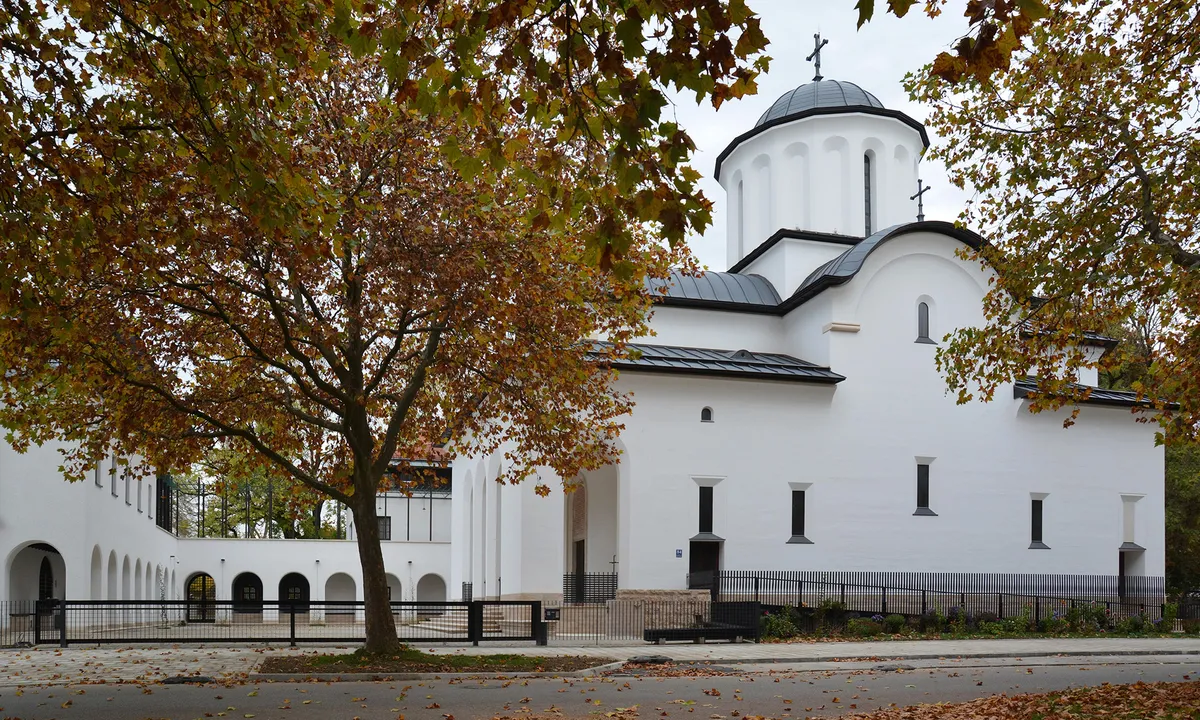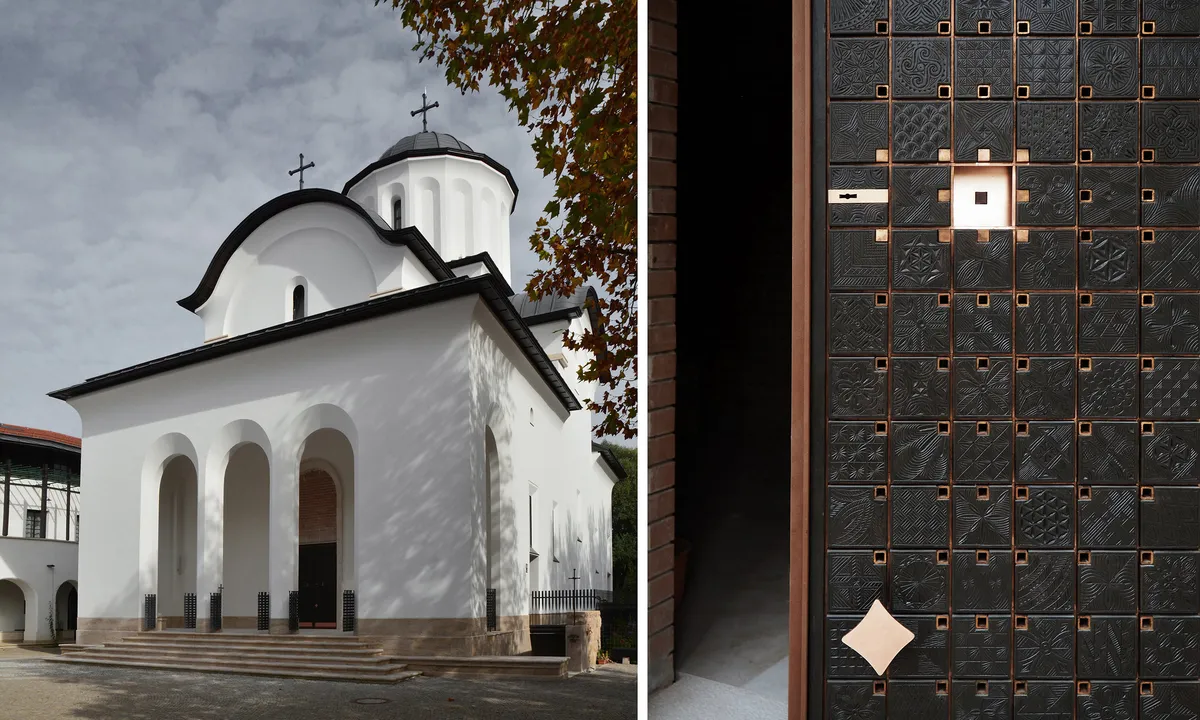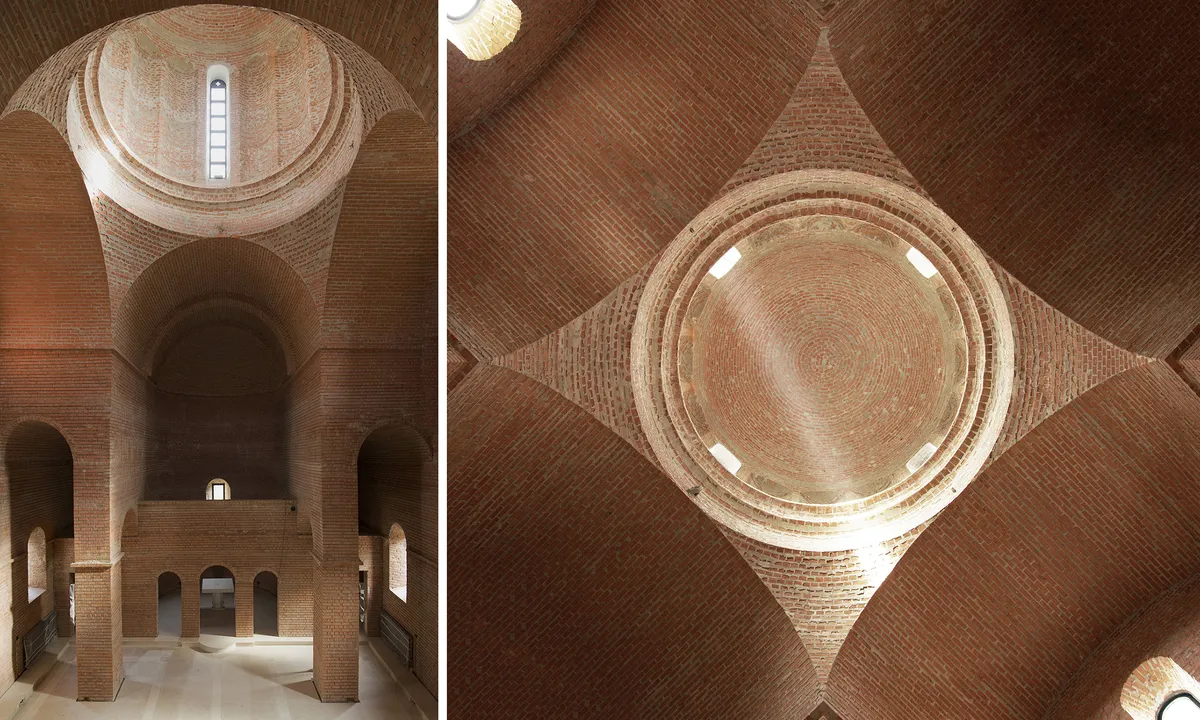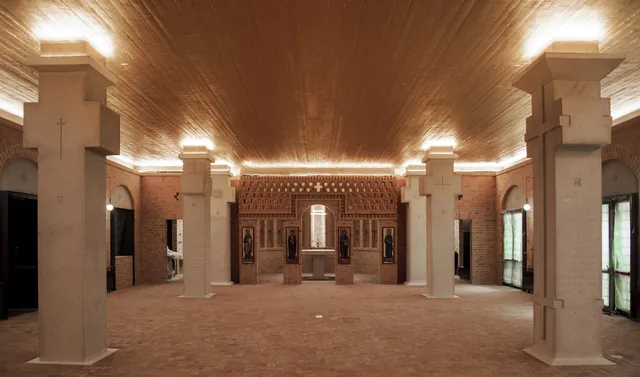
1/10

2/10

3/10

4/10

5/10

6/10

7/10

8/10

9/10

10/10
Built Space
Non-residential / New
N
Nominee
3
votes of the public3
votes of the public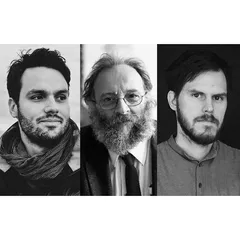
Author(s) / Team representatives
arh. Șerban Sturdza, arh. Matei Eugen Stoean, arh. Tudor Elian
Profession
architect
Collective/office
PRODID
Co-authors/team members
colab.: Lucian Corduneanu, Iulian Ungureanu, Bogdan Brăescu, Gabriela Alexe, Cristina Andrei, Ana Maria Simionescu
External collaborators
Rezist.: Dietlinde Köber, Valentin Archip, Silviu Mușat / Instal.: Air Control Systems / Dirig.: arh. Hans Gustav Zink
Project location
München, Germania
Budget in euros
7 000 000
Usable area
5200
Project start date
Martie 2014
Construction completion date
Decembrie 2022
Client
Mitropolia Ortodoxă Română a Germaniei, Europei Centrale și de Nord
Builder
CONCELEX
Photo credits
Matei Eugen Stoean
